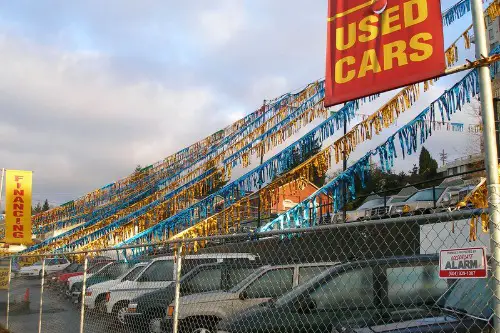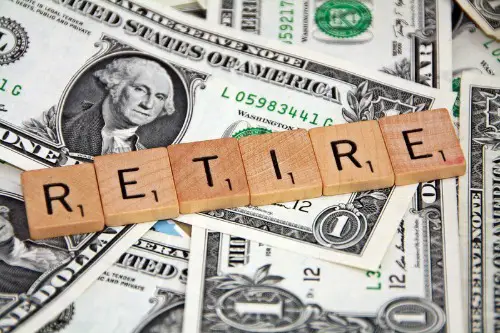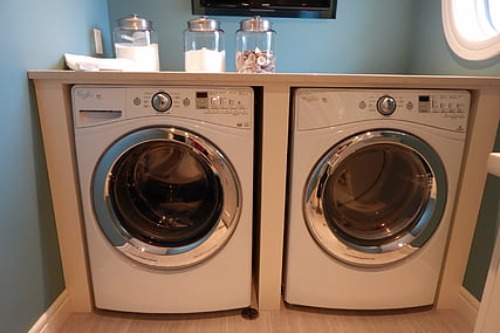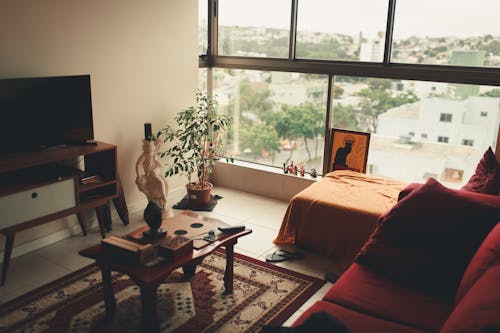1. Owning a Home in a Safe Neighborhood

Once, owning a modest house in a middle-class suburb was a hallmark of stability. Today, sky-high home prices and competitive markets make this dream feel almost unreachable for many. Neighborhood safety has become a premium feature, with families prioritizing gated communities or low-crime districts. Even a small backyard or a quiet street now feels like a luxury.
The cost of homeownership includes more than just the mortgage. Property taxes, maintenance, and insurance add up quickly, especially in desirable areas. Many middle-class families now spend decades saving just for a down payment. This makes the “American dream home” a more aspirational target than it used to be.
2. Saving for College Without Loans

Sending a child to college debt-free was once achievable with careful budgeting. Nowadays, tuition hikes outpace inflation, making this goal a monumental challenge. Families scramble to save through 529 plans and scholarships, but gaps still remain. Avoiding loans entirely has become a rare luxury in education planning.
The stress of saving early affects how families make financial decisions. Parents may delay retirement savings or cut back on other investments. This creates a ripple effect on long-term security and lifestyle choices. The dream of paying tuition upfront now feels almost like winning a lottery.
3. Taking a Vacation Twice a Year

A long road trip or a week at the beach was once a standard middle-class perk. Today, rising travel costs, airfare, and lodging can make even modest trips feel extravagant. Families often debate between a short getaway and necessary bills. International trips, once common, now seem like indulgences.
The pandemic also reshaped expectations around travel. People are seeking safer, more private experiences, which are pricier. A weekend road trip now requires careful budgeting and early planning. Vacations that were once casual breaks are now considered small luxuries.
4. Eating Out Without Worrying About the Bill

Dining out once meant enjoying a night off from cooking. Today, even casual restaurants are pricier, especially with delivery apps and tipping expectations. Middle-class families carefully track how often they eat out to avoid stretching the budget. A spontaneous dinner can feel like a splurge.
Gourmet options and specialty diets have also raised costs. Farm-to-table, organic, or locally sourced meals carry a premium. While convenient, these choices add up fast. Eating out without guilt now feels like a mini luxury experience.
5. Owning a New Car Every Few Years

Replacing a vehicle every 3–5 years used to be achievable on a middle-class income. Now, car prices, insurance, and financing terms make it a stretch. Many families opt for used vehicles or delay upgrades far longer. The concept of a shiny, new car has morphed into a status symbol.
Electric vehicles and advanced tech features make this even more expensive. Adaptive cruise control, lane assist, and premium audio are no longer extras—they’re expected. Affording these options feels indulgent for many households. A reliable, brand-new car is quietly becoming a luxury.
6. Owning the Latest Electronics

Upgrading phones, laptops, or smart home devices was once routine. Today, technology evolves so quickly that keeping up can drain a budget. Families must decide whether to invest in longevity or convenience. Owning the latest gadgets now signals disposable income rather than necessity.
Subscription services and software updates add ongoing costs. Cloud storage, security packages, and app ecosystems all pile on. What was once a simple upgrade has become a recurring investment. Technology has quietly turned middle-class goals into small luxuries.
7. Having a Personal Emergency Fund

Setting aside three to six months of living expenses was once standard advice. With inflation, medical bills, and economic instability, reaching that cushion feels almost aspirational. Many households struggle just to cover rent and daily expenses. A fully funded emergency fund now reflects financial security rather than basic prudence.
Unexpected expenses are more frequent and higher than before. Car repairs, home maintenance, and healthcare can wipe out savings quickly. Planning ahead requires discipline and sacrifice. Middle-class families achieving this level of financial safety are now in a privileged minority.
8. Taking a Year Off Without Losing Stability

A sabbatical to travel, write, or recharge used to be a rare but attainable goal. Today, the cost of living and career pressures make it nearly impossible. Middle-class workers often fear losing benefits or falling behind professionally. Time off without financial stress feels like an elite privilege.
Many companies offer unpaid leave, but few can afford to use it. Income loss and savings depletion are real concerns. Even short breaks require careful planning and a financial buffer. Being able to pause life temporarily has quietly turned into a luxury.
9. Dining on Organic or High-Quality Groceries

Buying organic produce and grass-fed meat was once affordable for weekly shopping. Now, it’s a decision that requires budgeting or skipping other items. Health-conscious eating has become a marker of socioeconomic status. Families often have to choose between quality and quantity.
Prices for specialty foods have increased faster than inflation. Organic labels, local sourcing, and sustainable packaging carry premiums. For many, regular organic shopping is now aspirational. It has quietly transitioned from choice to luxury.
10. Investing in Retirement Early

Starting to invest in your 20s or 30s was once common for middle-class families. Today, student loans, housing costs, and inflation push retirement planning down the list. Many are forced to play catch-up in their 40s or 50s. Early and consistent investing now feels like a rare financial advantage.
The stock market, mutual funds, and retirement accounts all require knowledge and discipline. Financial literacy is crucial, but access to advisors or investment tools can be limited. Those who can start early benefit disproportionately. Retirement planning is no longer just prudent—it’s an aspirational goal.
11. Owning a Washer and Dryer at Home

Once a basic appliance, laundry machines are now a small luxury in some urban areas. Space constraints and rising apartment costs mean shared facilities are common. Families without in-unit washers must budget for laundromats or laundry services. A private, functioning laundry setup has become a comfort that not everyone can take for granted.
Utility costs and installation fees add to the challenge. Apartments with hookups are often more expensive. Even owning a working set can feel like a financial win. Laundry at home quietly signals convenience and stability.
12. Accessing Quality Healthcare Without Stress

Routine checkups and preventive care were once accessible through standard insurance plans. Now, high deductibles, co-pays, and uncovered treatments create financial anxiety. Families often delay care due to cost concerns. Affordable, quality healthcare has quietly turned into a luxury.
Prescription drugs and specialist visits amplify the issue. Insurance coverage can vary widely, making planning difficult. Access to good healthcare reflects both income and location. Middle-class families achieving this consistently enjoy a privilege once taken for granted.
13. Owning a Comfortable, Modern Apartment

A well-maintained, modern apartment with space for a family used to be common. Rising rents, urban gentrification, and inflation have changed that. Many middle-class families settle for smaller units or older buildings. A roomy, updated apartment now signals economic comfort rather than just functional housing.
Amenities like central air, in-unit laundry, and modern appliances are increasingly rare. Leasing in safe, desirable areas is expensive. This makes a “normal” living space feel like a luxury. Comfort and convenience in housing have quietly shifted from expectation to aspiration.
14. Enjoying Regular Entertainment or Cultural Experiences

Movie nights, concerts, and museum visits were once staples of middle-class life. Today, ticket prices, subscriptions, and transport add up quickly. Families often skip these experiences to prioritize essentials. Access to consistent cultural entertainment is quietly becoming a luxury.
Traveling for arts or performances is even more exclusive. Costs for professional sports, Broadway shows, or travel exhibitions can be prohibitive. Enjoying culture without financial strain is now a privilege. Middle-class families treat it as a treat, not a given.
15. Maintaining Work-Life Balance

A manageable schedule and time for family, hobbies, or rest used to be achievable. Today, job demands, multiple income streams, and remote work pressures blur boundaries. Many people feel “always on,” making downtime rare. True work-life balance has quietly evolved into a luxury lifestyle goal.
The expectation of constant availability affects mental health and relationships. Achieving balance often requires resources like flexible jobs, childcare, or paid leave. Those who manage it enjoy a rare level of freedom. Middle-class families are increasingly aware that free time is as valuable as income.
This post 15 Middle-Class Goals That Quietly Became Luxury Dreams was first published on American Charm.


